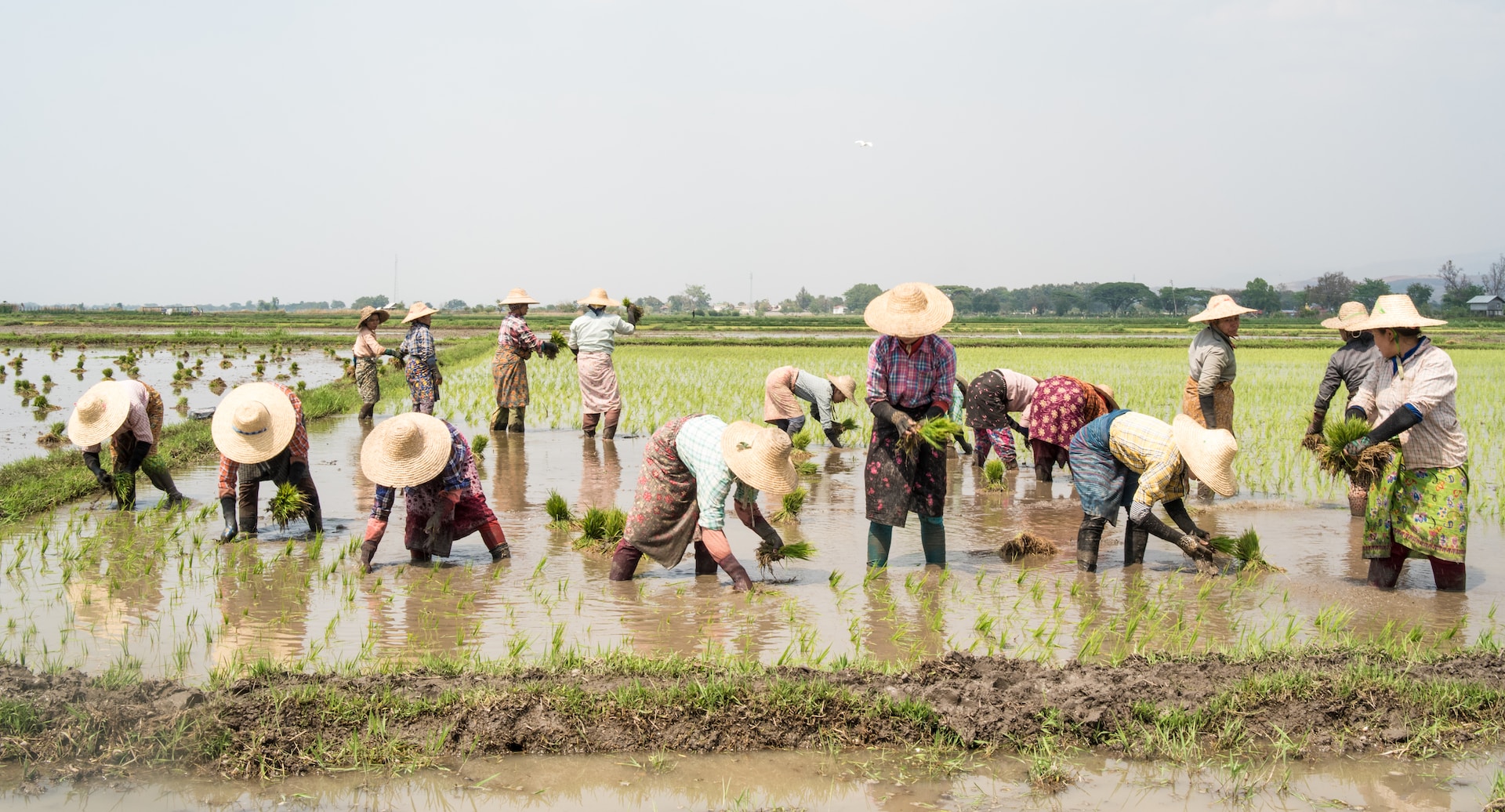New technologies are being introduced in Myanmar's agricultural sector.
This innovative approach, called agritech, aims to increase productivity and achieve sustainable agriculture.
In this article, we will explore examples of agricultural tech in Myanmar and its benefits.

Agricultural Data Analytics: The Key to Increased Productivity
Agricultural data analytics is a key element in revolutionizing agriculture in Myanmar.
Using sensors and imaging technology, the system collects and analyzes information on soil conditions, crop growth, and weather data.
This data is used to make optimal crop management decisions and improve farm efficiency.
For example, it allows for appropriate fertilizer timing and optimization of pest control.
Monitoring Agricultural Land with Drones: Improving Productivity and Protecting the Environment
Drones are expected to be used for monitoring agricultural land in Myanmar.
Although government permission is required to actually fly a drone, aerial monitoring of farmland using drones will enable early detection of pests and diseases and evaluation of crop growth conditions.
This will enable efficient farmland management and implementation of pest control measures, which is expected to improve crop quality and yield.
Drone monitoring also contributes to the proper use of pesticides and reduction of environmental impact.
Innovations in water resources management: more efficient irrigation systems
Efficient use of water resources is important for agriculture in Myanmar.
Agricultural techs also need to work on improving irrigation systems by incorporating automatic control systems and sensors.
Real-time monitoring of soil moisture conditions and irrigation at the right time and in the right amount will save water and improve crop productivity.
This initiative will greatly benefit agriculture in Myanmar in terms of water resource management.
Myanmar's Agricultural Tech Paves the Way to the Future
The implementation of agritech in Myanmar's agricultural sector offers many benefits, including increased productivity, reduced labor, and environmental protection.
The combination of these technologies, including agricultural data analysis, drone monitoring, and efficient irrigation systems, will be key to Myanmar's agricultural revolution.
The author strongly expects foreign companies to take full advantage of the potential of agricultural tech to create sustainable and efficient agriculture.
